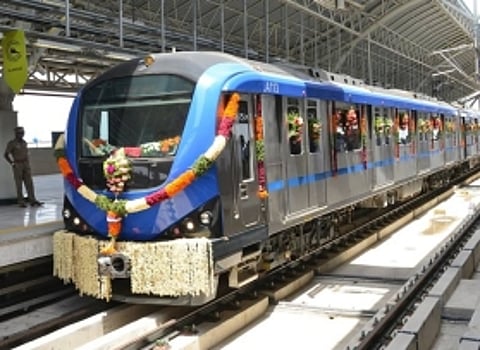A city that’s expanding at an exponential rate, Kanpur is one of the fastest developing cities that you have to look out for. With dazzling new buildings coming up, a growing share in the country’s economy and a major contributor to the GDP growth, Kanpur is one city that has it all and in the near future, could be a model for other cities to follow.
However, one area where the city lacks is the metro rail system. However, now that the LMRC authorities (who will spearhead Kanpur metro as well) have received NOCs from most of the necessary departments, they plan to begin work in full swing and get the metro ready as soon as they can.
After a long, long wait, the metro has received NOCs (no objection certificates) from all the major authorities barring the National Highways Authority of India (NHAI). According to officials, the NOC from NHAI should be received in a little over a week’s time.
To fully understand the extent of this development, it is vital to understand what an NOC is, and how it’ll help the LMRC in this case. Basically, the NOC is a certification that states that the respected authorities have cleared any formalities that they need to go through in order to get the infrastructure up and running.
The plan for Kanpur metro has been on the table for a while now. The studies for implementing the system have commenced and construction of the metros will follow suit. As of now, two corridors of the metro have been confirmed. The first corridor of the metro will connect IIT to Naubasta, covering a stretch of 26km.
The first phase of its construction will connect IIT to Moti Jheel and the second one from Harsh Nagar to Naubasta, making for a total of 33km.
The other proposed corridor will cover a distance of 10 km and connect CSA University to Jarauli. Kanpur metro certainly comes as a boon for the residents of the city as it will connect a number of major areas of the city and reduce travel times. The metro could also help in reducing the vehicular traffic on main city roads thereby lowering the city’s pollution.
While 14 metro stations have been proposed on a 15-km overhead stretch of the first corridor, eight have been planned for the 9-km long underground route. Likewise, in the second corridor of 9 km, five stations will be built on the 4.5-km overhead route and four stations on 4.5-km underground route.
In order to complete the project, the government is investing ₹13,721 Crores into the two corridors and Phase 1 of the metro is said to take ₹9,000 crores of the total. As of now, the goal is to complete work and have the metro running by 2022. Three years is a long time and we hope that in the coming future, we get a chance to take a spin around the metro. Now that the NOCs have been received, it’s just a matter of time before construction starts.
For more updates, follow Knocksense Kanpur on Facebook.
To get all the latest content, download our mobile application. Available for both iOS & Android devices.

